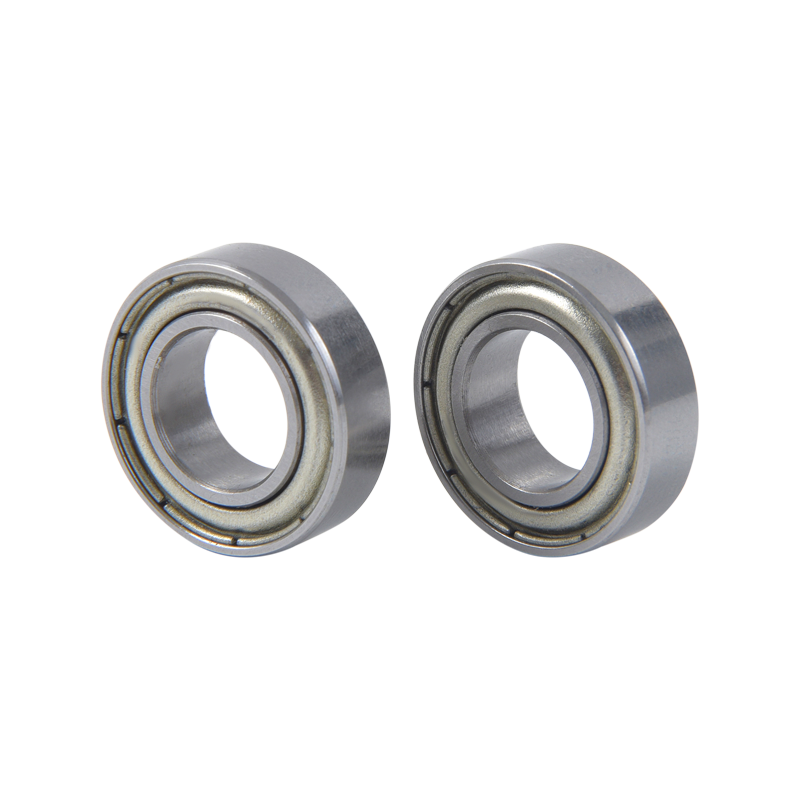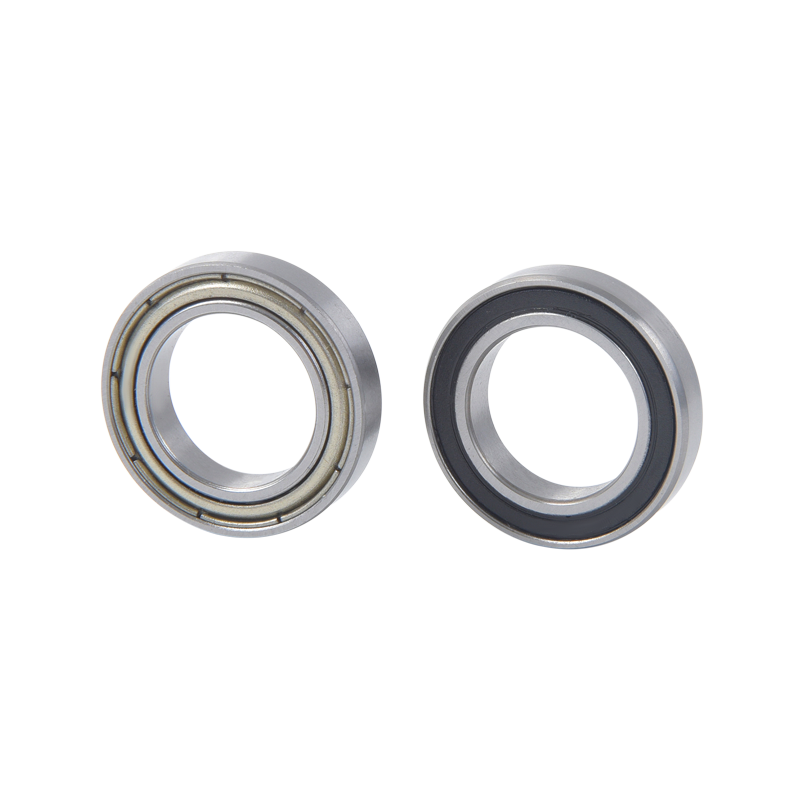Deep Groove Ball Bearing For Automobile And Tractor Gearboxes work closely with other transmission components to ensure normal operation and smooth shifting of the vehicle. This cooperation relationship involves multiple key elements, such as gears, shafts, clutches, etc. The interaction between them will be discussed in detail below.
First of all, there is a close connection between deep groove ball bearings and gears. In gearboxes, deep groove ball bearings are usually used to support and carry gear shafts to ensure that the gears can run smoothly when rotating at high speeds. The gears transmit power through deep groove ball bearings, allowing the vehicle to accelerate and decelerate smoothly.
Secondly, the fit between the deep groove ball bearing and the shaft is also crucial. The bearings in the gearbox are acted upon by gears and other transmission elements, and deep groove ball bearings are responsible for supporting and carrying the rotation of the shaft. This matching relationship ensures the stability and reliability of the shaft, while reducing friction and wear between the shaft and the box.
In addition, there is also a close connection between deep groove ball bearings and transmission components such as clutches. During the vehicle's transmission process, the clutch plays an important role in connecting and separating power. Deep groove ball bearings support the clutch bearing or release bearing to ensure that the clutch can accurately transmit power and achieve smooth shifting operations.
In addition, deep groove ball bearings also cooperate with other components in the transmission system, such as transmission chains, lubrication systems, etc. Together they form a complex and inseparable transmission system, ensuring that the vehicle can perform power transmission and transmission operations in an efficient and reliable manner.
In short, the matching relationship between deep groove ball bearings and other transmission components is the key to the normal operation of automobile and tractor transmissions. Together, they form a stable and efficient transmission system, providing reliable power transmission and transmission functions for the vehicle, thus ensuring smooth driving and safe operation of the vehicle.











 No. 7, Tangchuang Garden, Yangshan Village, Di Tang Street, Yuyao City, Ningbo City, Zhejiang Province, China.
No. 7, Tangchuang Garden, Yangshan Village, Di Tang Street, Yuyao City, Ningbo City, Zhejiang Province, China.
 +86-15706849036
+86-15706849036 +86-0574-63267578
+86-0574-63267578 +86-0574-63265856
+86-0574-63265856
